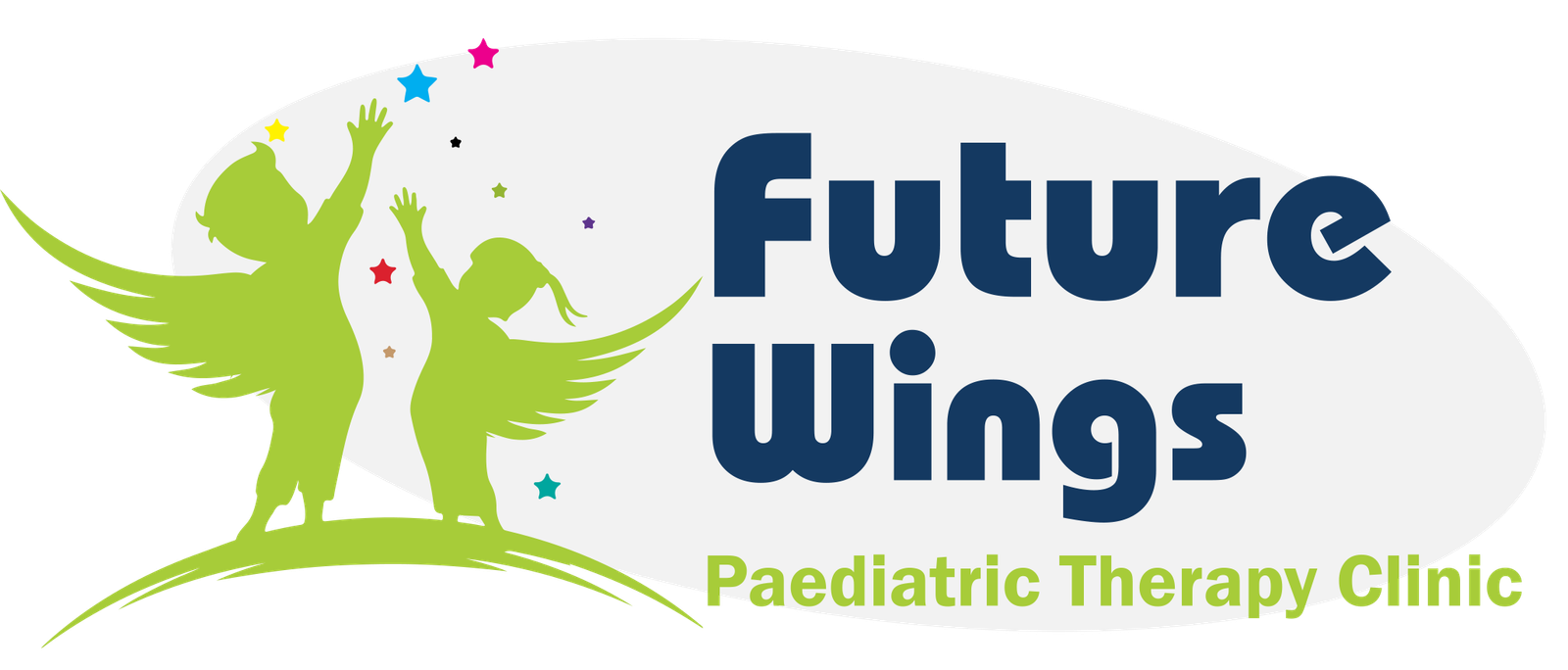Autism Rehabilitation
A comprehensive, customized approach aimed at supporting children with Autism Spectrum Disorder (ASD) in their development. It focuses on enhancing a variety of abilities that are essential for independence, social integration, and day-to-day functioning. Giving kids the skills they need to successfully navigate their surroundings, communicate, and build lasting connections is the aim of autism rehabilitation.
The following are essential elements of autism rehabilitation:
- Life Skills Development: Developing life skills fostering independence in children with ASD by teaching and practicing basic self-care and everyday life skills like dressing, eating, maintaining personal cleanliness, and time management.
- Communication Skills: Improving verbal and nonverbal communication abilities through a range of techniques, such as visual aids, augmentative and alternative communication (AAC) devices, and speech therapy. Children may be better able to communicate their wants, feelings, and thoughts as a result.
- Social Skills Training: Developing social skills in children involves teaching them how to make eye contact, take turns in talks, comprehend emotions, and recognize social signs. Children benefit from improved interactions with classmates, teachers, and family members as a result.
- Behavioral Interventions: Using techniques such as Applied Behavior Analysis (ABA) to decrease problematic behaviors and promote favorable ones. The goals of these interventions are to develop new skills and reinforce desired behaviors.
- Sensory Integration: Enhancing a child’s capacity to handle sensory information is known as sensory integration, and it is particularly important for children who have sensory sensitivity or seek out sensory input. With this method, kids may better control their sensory needs and react to their environment.
- Family Involvement: Including family members in the rehabilitation process and providing them with advice on how to help the child at home, at school, and in the community is known as family involvement. The success of the interventions depends on the support of the family.
- Structured Environment: The creation of a predictable, safe, and organized environment can help children with ASD feel more secure and less anxious. This can involve quiet surroundings, systematic reinforcement, and visual schedules.
Overall, the goal of autism rehabilitation is to assist kids with ASD realize their full potential by encouraging development in areas like social skills, communication, and independence while giving families the tools they need to support their child’s path.

